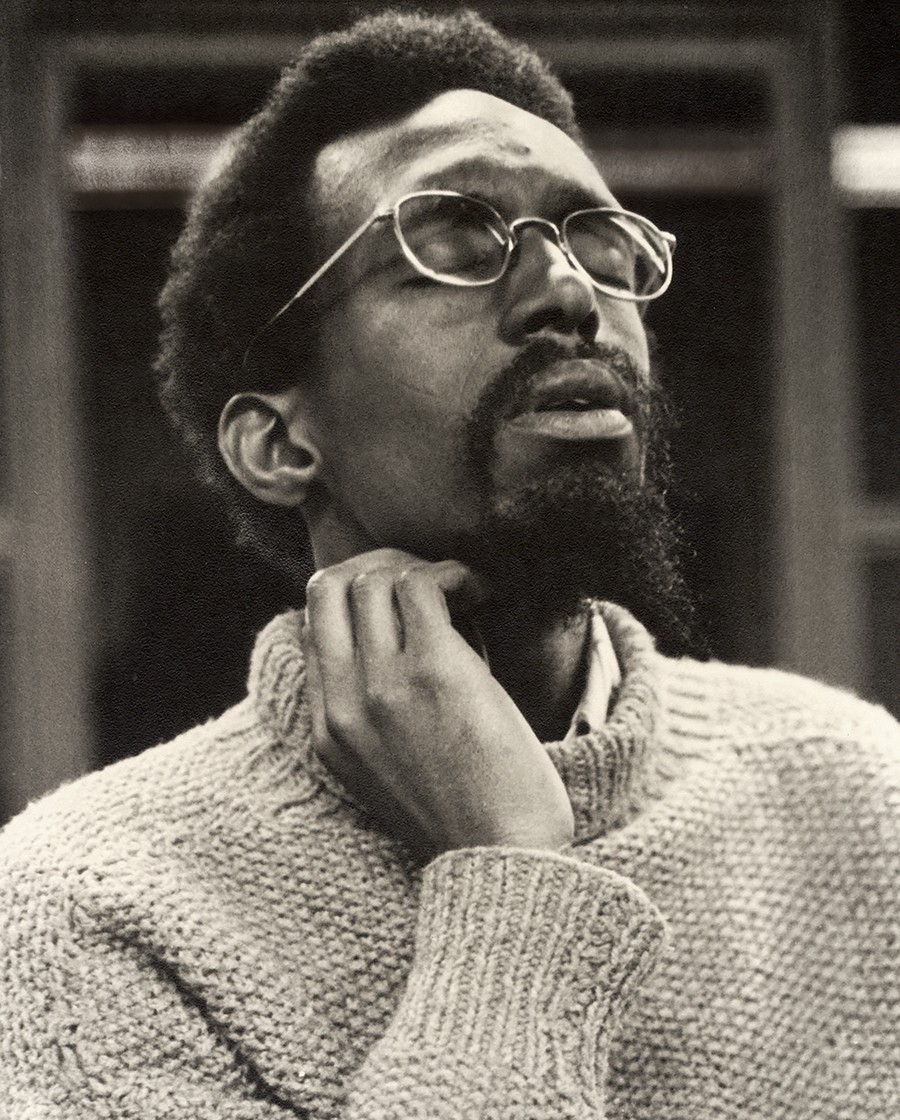

JULIUS EASTMAN SERIES
He also coordinated the Philharmonia's Community Concert Series in conjunction with Foss and other composers of color. He played in and conducted the Brooklyn Philharmonia's CETA Orchestra (funded by the Comprehensive Employment and Training Act under the administration of the Cultural Council Foundation). He fostered a strong kinship and collaboration with Arthur Russell, conducting nearly all of his orchestral recordings (compiled as First Thought Best Thought ) and participating (as organist and vocalist) in the recording of 24-24 Music (1982 released under the imprimatur of Dinosaur L), a controversial disco-influenced composition that included the underground dance hits "Go Bang!" and "In the Cornbelt" both featured Eastman's trademark bravado.ĭuring this period, he also played in a jazz ensemble with his brother Gerry, who previously played guitar in the Count Basie Orchestra. He served as the first male vocalist in Meredith Monk's ensemble, as documented on her influential album Dolmen Music (1981). In 1976, Eastman participated in a performance of Eight Songs for a Mad King conducted by Pierre Boulez at Lincoln Center. The last of these appropriates Martin Luther's hymn, "A Mighty Fortress Is Our God," as a gay manifesto. Each new section of a work contained all the information from previous sections, though sometimes "the information is taken out at a gradual and logical rate." The principle is most evident in his three works for four pianos, Evil Nigger, Crazy Nigger, and Gay Guerrilla, all from around 1979. Eastman often wrote his music following what he called an "organic" principle. Shortly thereafter, Eastman settled in New York City, where he initially straddled the divide between the conventionally bifurcated "uptown" and downtown music scenes. And we know this because he has no other ideas." Additionally, Eastman's friend Kyle Gann has speculated that his inability to acclimate to the more bureaucratic elements of academic life (including paperwork) may have hastened his departure from the university. Cage was incensed and said during an ensuing lecture that Eastman's ". It included nudity and homoerotic allusions interpolated by Eastman. Ensemble under the aegis of Morton Feldman. Although Eastman began to teach theory and composition courses over the course of his tenure, he left Buffalo in 1975 following a controversially ribald performance of John Cage's aleatoric Songbooks by the S.E.M. During this period, fifteen of Eastman's earliest works were performed by the Creative Associates, including Stay On It (1973), an early augury of postminimalism and one of the first art music compositions inspired by progressions from popular music, presaging the later innovations of Arthur Russell and Rhys Chatham. Ensemble.įrom 1971 he performed and toured with the group, and composed numerous works for it. Along with Kotik, Eastman was a founding member of the S.E.M. Eastman and Kotik performed together extensively in the early to mid-1970s. During this period, he met Petr Kotik, a Czech-born composer, conductor, and flutist. Eastman's talents gained the attention of composer-conductor Lukas Foss, who conducted Davies' music in performance at the Brooklyn Philharmonic.Īt the behest of Foss, Eastman joined the Creative Associates - a "prestigious program in avant-garde classical music" that "carried a stipend but no teaching obligations" -at SUNY Buffalo's Center for the Creative and Performing Arts. Eastman had a rich, deep, and extremely flexible singing voice, for which he became noted for his 1973 Nonesuch recording of Eight Songs for a Mad King by the British composer Peter Maxwell Davies. He made his debut as a pianist in 1966 at The Town Hall in New York City. There he studied piano with Mieczysław Horszowski and composition with Constant Vauclain, and switched majors from piano to composition, graduating in 1963. He studied at Ithaca College before transferring to the Curtis Institute of Music in Philadelphia.

He began studying piano at age 14 and made rapid progress. Julius Eastman grew up in Ithaca, New York, with his mother, Frances Eastman, and younger brother, Gerry.


 0 kommentar(er)
0 kommentar(er)
